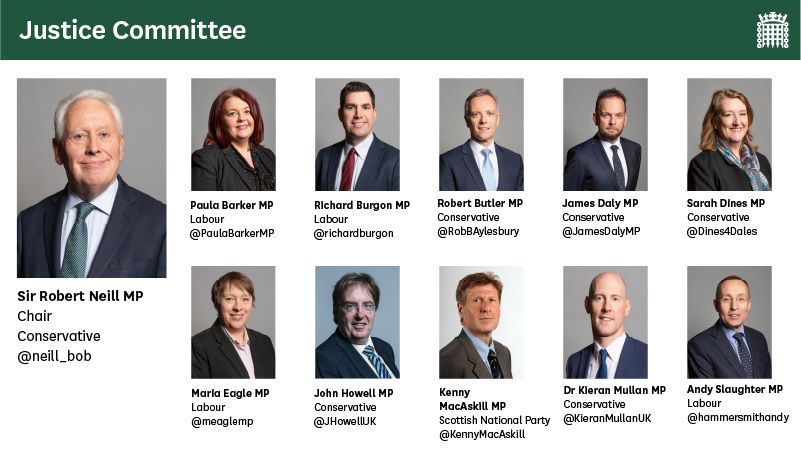How has the youth justice population changed?
While fewer children are entering the system, those who do are some of the most vulnerable in society
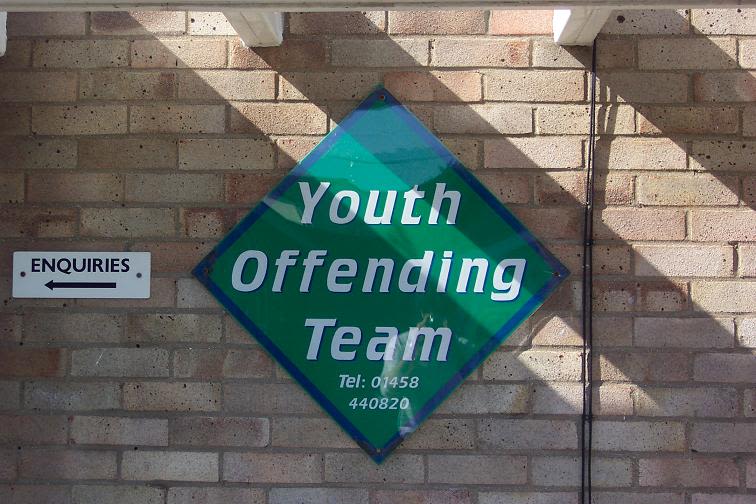
The youth justice population has changed significantly in the past ten years.
The number of children and young people (aged 10-17) entering the youth justice system was much lower in 2019 than it was in 2009. But the children who do enter the system are some of the most vulnerable in society, with many having mental health issues, learning disabilities, and experience in the care system.
The reduction in numbers also does not apply for children and young people from Black, Asian and Minority Ethnic (BAME) backgrounds in the same way that it does for those from White backgrounds.
We, MPs on the Justice Select Committee, wanted to know who these children are and how they experience the youth justice system.
This is what we heard.
The youth justice population

The biggest change in the youth justice population over the last ten years is the decline in the numbers of children and young people being dealt with. There was:
- A decrease of 85% in the number of children and young people entering the youth justice system between 2009 and 2019;
- A decrease of 83% in children receiving a caution or sentence in the same period;
- A decrease from 2,625 to 614 in the numbers of children and young people in custody between year ending March 2009 and May 2020.
Children and young people tend to be imprisoned for much more serious offences than they were 10 years ago, particularly for violence-against-the-person offences. These offences range from harassment and common assault to murder, actual bodily harm and grievous bodily harm. The rate of convictions for these offences have increased by 10.3 percentage points.
Average custodial sentence lengths, where young people are sent to secure centres rather than adult prisons, have also increased by six months over the last decade, from 11.4 to 17.7 months. Proven reoffending rates for children remain high.
We heard how the children and young people entering the system have complex needs.
"Over 54% had a learning or education need, 50% had a drug abuse need, 30% had a mental health need, and 17% had a speech and language need. They have quite profound needs. In cases going through court, those needs are even greater."
Alternatives to court
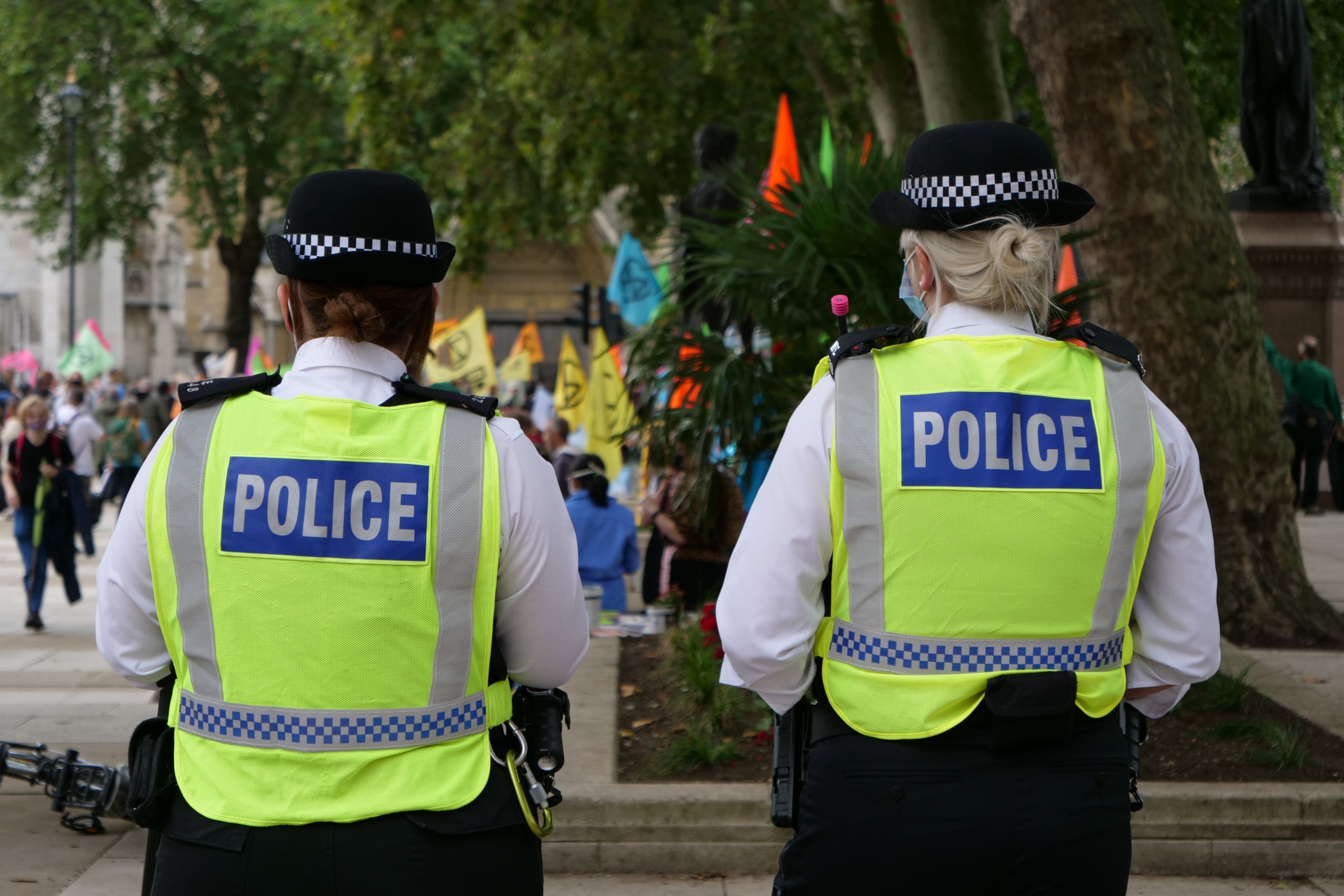
The lower numbers of children entering the criminal justice system have been attributed to to the success of schemes that divert children and young people from court.
These out-of-court disposals include the formal youth caution and youth conditional caution, and the informal community resolution.
Out-of-court disposals are often considered successful in addressing lower-level crime. But we heard concerns that there is a lack of clear evidence on their impact, particularly for community resolutions, and that there are inconsistences in their use across England and Wales.
"The Youth Justice Board does no national data reporting on diversion cases, so at the moment we do not know enough about who the kids are and what their outcomes are."
Race and the youth justice system
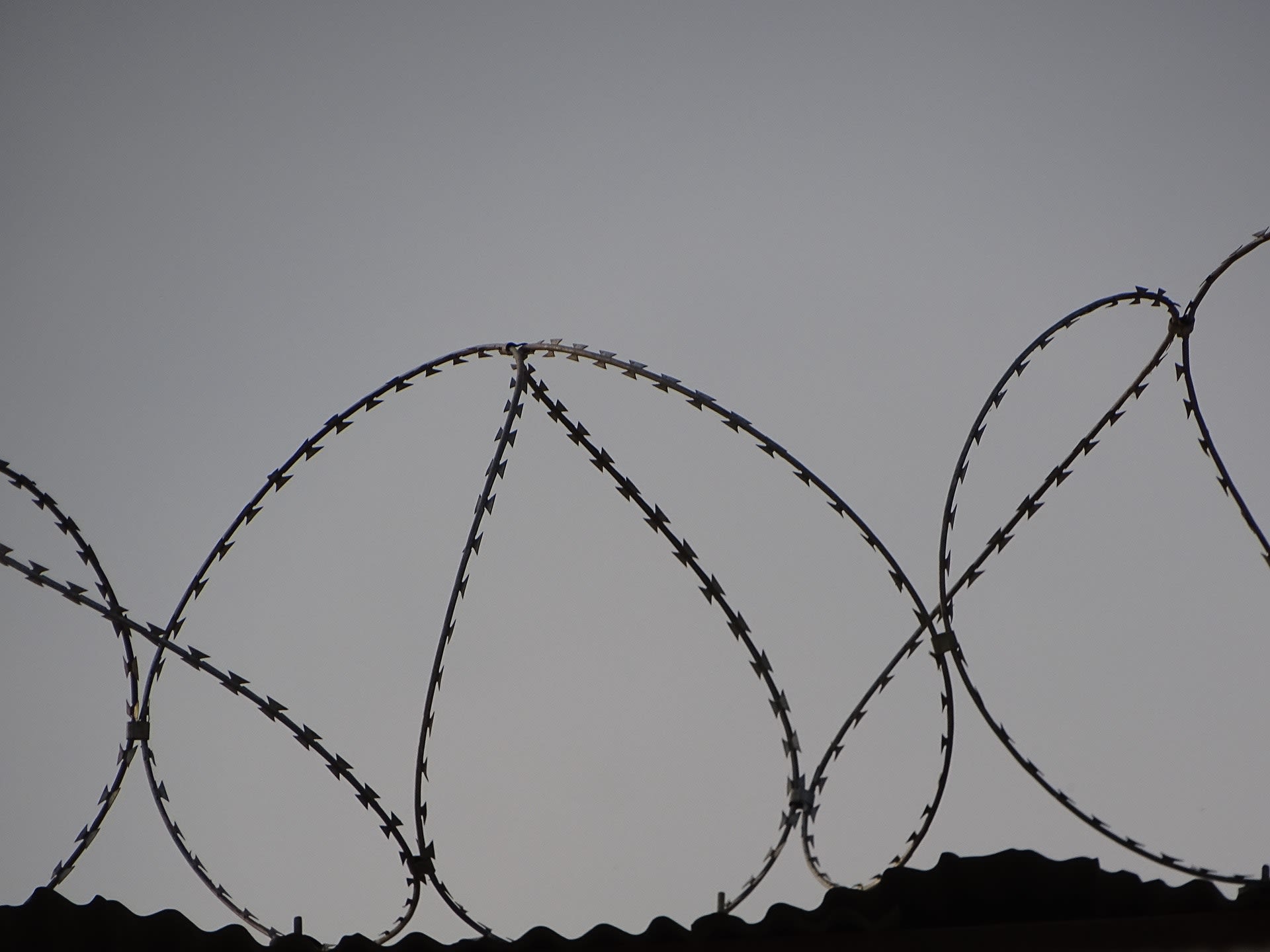
Racial disproportionality in the youth justice system has been raised repeatedly during our inquiry.
While first-time entrants to the youth justice system from a White background have reduced by 88% over the last decade, the number of first-time entrants from a Black background doubled, from 8% to 16%. The number of first-time entrants from an Asian background also increased from 5% to 7% over the same period.
It's hard to point to a single factor that has contributed to this disparity, but we heard concerns about the challenges facing the criminal justice system in diverting BAME children from court.
"The extension of stop and search, an emphasis on the gang narrative defining young black people as a risk, as well as the mandatory custodial sentencing aimed at deterring knife crime - which as SCYJ highlight, leads to many children imprisoned for possessing, but not using knives - has made it harder for organisations to deliver prevention and early intervention work that is aimed at minimising contact with the justice system."
BAME children are also disproportionately remanded to custody. Children on remand are taken to a secure centre for young people until their hearing in court.
A Ministry of Justice report found that in 2019, 57% of children on remand were from a BAME background while BAME children made up just 18% of children in the general population.
Youth courts and sentencing

Youth courts
A youth court is a type of Magistrates' court for people aged between 10 and 17. Youth courts deal with cases like theft and burglary, anti-social behaviour and drug offences. For serious crimes like murder or rape, the case starts in the youth court but will be passed on to a Crown Court.
Youth courts are designed to make the experience less formal, easier for children to understand, and less intimidating. But we heard concerns that the system does not meet the needs of children and is not fit for purpose.
Nadine Smith, Young Adviser on Criminal Justice with Leaders Unlocked, told us about her personal experience of going through the court system.
In our youth justice session on Tuesday @Nadine_smith96 @LeadersUnlocked described children and young people's experience of the youth court and what can be done to improve it.
— Justice Committee (@CommonsJustice) July 17, 2020
Read the transcript of the session or watch it again 👇https://t.co/TQYHewrnFa pic.twitter.com/z7d1xq6jBR
Sentencing and remand
There are a range of sentences children and young people can be given, including community and custodial sentences. The number of children sentenced at all courts in the year ending March 2019 was 78% lower than 10 years ago.
In written evidence from the Ministry of Justice, Youth Custody Service, Department for Education, Department of Health and Social Care, and NHS England and NHS Improvement we were told that:
"Custody should only be used as a last resort for children, where an offence is so serious that neither a community sentence nor fine can be justified."
But the number of children remanded in youth custody at any one time had increased by 12% between year ending March 2018 and 2019.
Furthermore, in the year ending March 2019, 66% of children remanded to custody at some point during the court process were not then given a custodial sentence. Of these, over half were given a non-custodial sentence and 48% were cleared of their charges.
"It is really clear, particularly when two thirds do not go on to receive a custodial sentence, that there is an over-use of remand."
Multiple factors seem to contribute to these numbers, including:
- an increase in serious violence;
- a lack of credible community alternatives;
- a limited amount of time available to put together an alternative bail package.
Delays in court proceedings
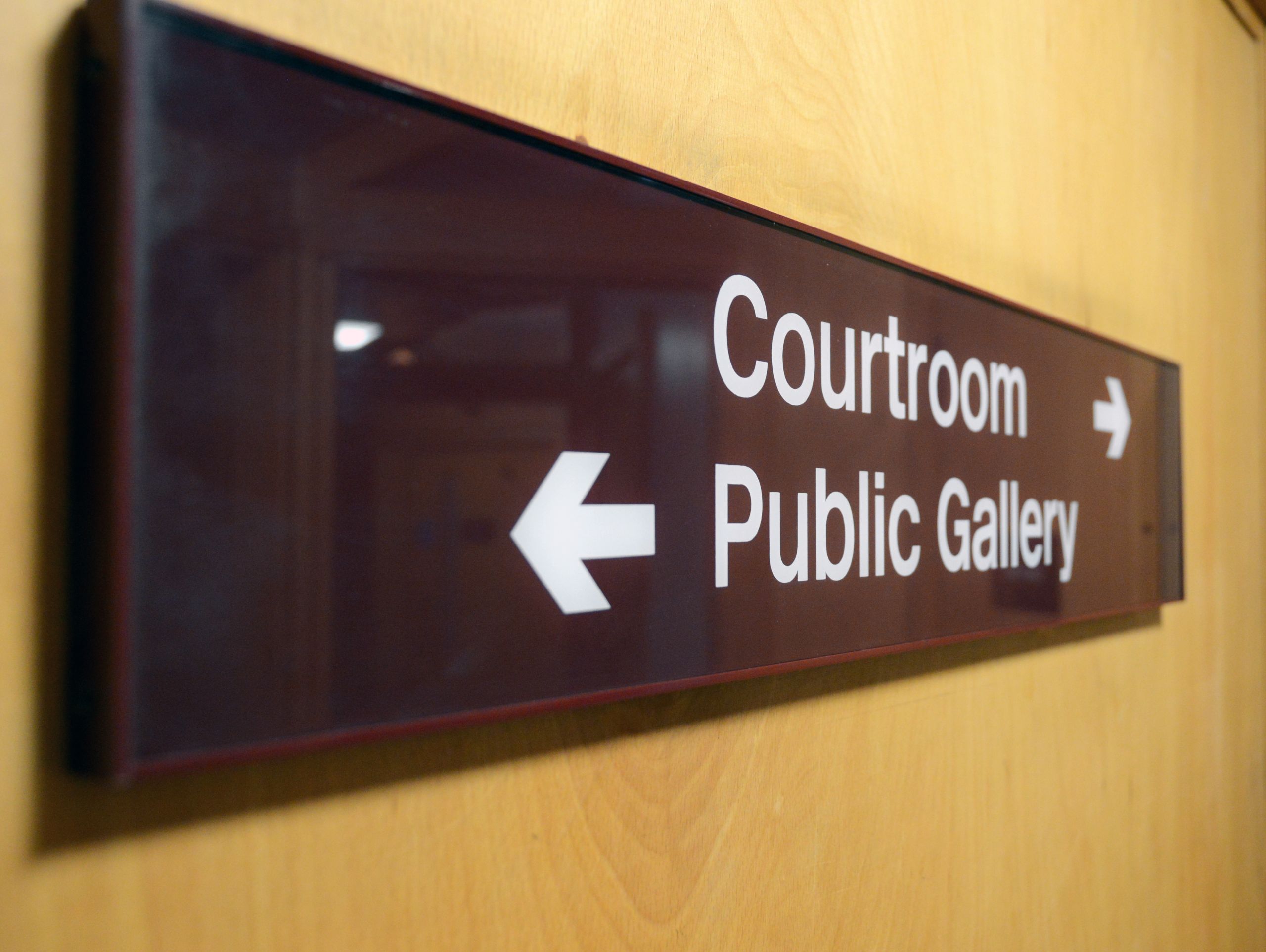
Delays in the court system can have a serious impact on children and young people.
If a young person commits a crime at the age of 17 but does not appear in court until they are 18, they will be dealt with as an adult in court and in sentencing.
The consequences of this include a loss of anonymity and less chance of being diverted. They will receive an adult sentence, which are longer than those for young people.
"That raises all kinds of issues about fairness, about being treated appropriately and about the disproportionate outcomes they will have to face as a consequence of turning 18, through no fault of their own, but simply as a result of delay in the system."
Our five key recommendations

Having heard from a variety of different sources, we have written a report with recommendations for the Government.
Here are the top five things we think the Government should do.
1.The complex issues faced by children in the youth justice population should be given priority when developing future policy and practice. A whole-system approach is needed, involving a range of public agencies outside of the criminal justice system.
2.The Ministry of Justice and Youth Justice Board should work together to start collecting data centrally on diversion schemes. This should include data on how many children complete them and their impact on reoffending and future health and education outcomes.
3.The Ministry of Justice should set out what resource has been given to addressing racial disproportionality. We ask the Ministry to provide us with detailed research setting out why these communities are so disproportionately represented in each part of the system.
4.The Ministry of Justice should set out how all children, regardless of specific needs, are supported through the criminal justice process and are able to participate fully in an informed way.
5.Those who turn 18 while waiting for proceedings against them to begin should automatically be dealt with in the youth justice system and sentenced as children.
The Government must now respond to our report
Our report, 'Children and Young People in Custody (Part 1): Entry into the youth justice system' was published on 12 November 2020 and the Government has two months to respond to our recommendations.
Detailed information from our inquiry can be found on our website.
If you’re interested in our work, you can find out more on the House of Commons Justice Committee website. You can also follow our work on Twitter.
The Justice Committee is a cross-party committee of MPs that examines the policies and spending of the Ministry of Justice (and associated public bodies). This includes courts, legal aid, prisons, probation and the rule of law. It also advises on sentencing guidelines.
Cover image credit: public domain

